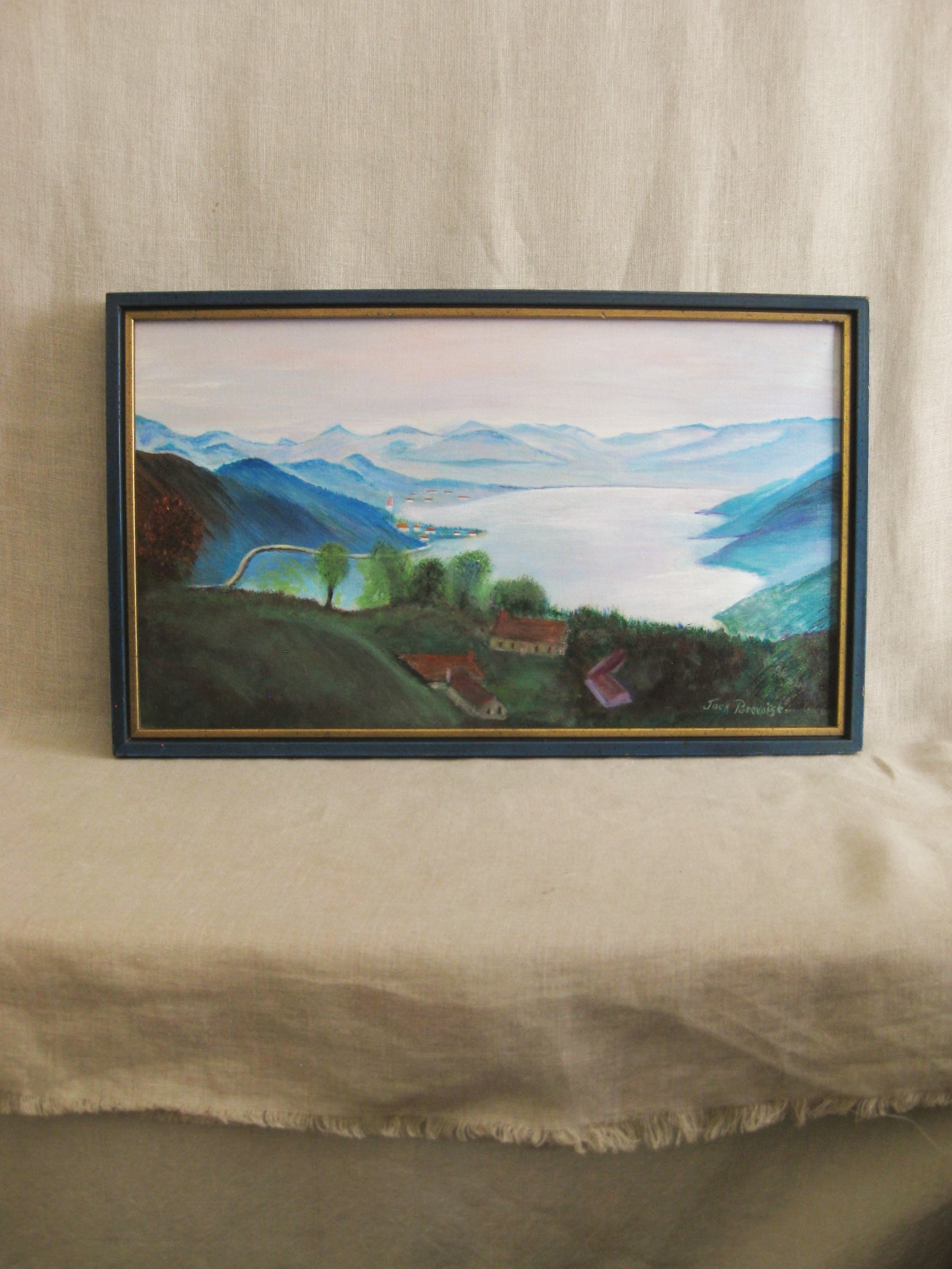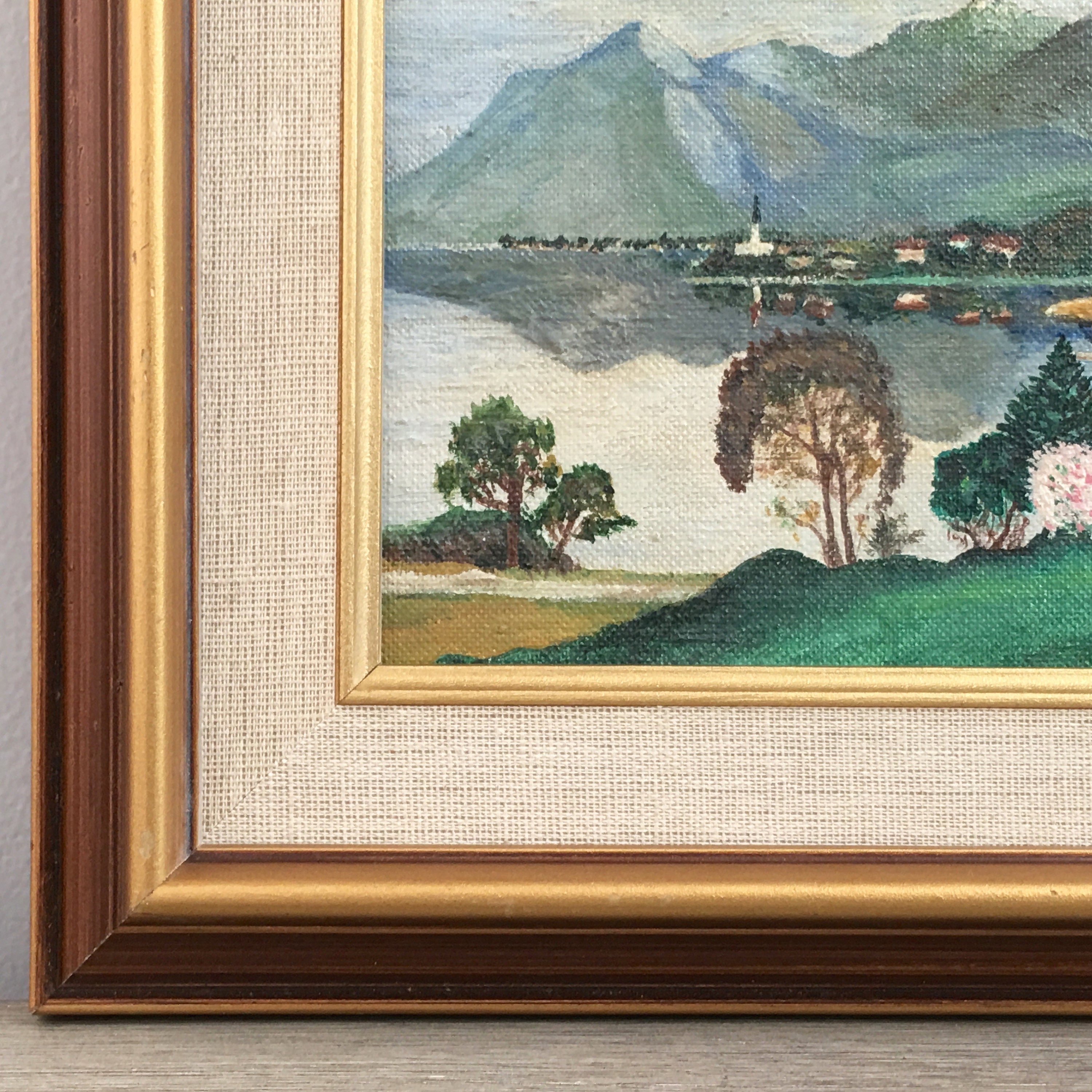

Indeed, certain styles were so popular that they became formulas that could be copied again and again. Though often young artists were encouraged to visit Italy to experience Italian light, many Northern European artists could make their living selling Italianate landscapes without ever bothering to make the trip. Landscapes were idealized, mostly reflecting a pastoral ideal drawn from classical poetry which was first fully expressed by Giorgione and the young Titian, and remained associated above all with hilly wooded Italian landscape, which was depicted by artists from Northern Europe who had never visited Italy, just as plain-dwelling literati in China and Japan painted vertiginous mountains. The Italian development of a thorough system of graphical perspective was now known all over Europe, which allowed large and complex views to be painted very effectively. At the same time Joachim Patinir in the Netherlands developed a style of panoramic landscapes with a high aerial viewpoint that remained influential for a century, being used, for example, by Pieter Brueghel the Elder. The period around the end of the 15th century saw pure landscape drawings and watercolours from Leonardo da Vinci, Albrecht Dürer, Fra Bartolomeo and others, but pure landscape subjects in painting and printmaking, still small, were first produced by Albrecht Altdorfer and others of the German Danube School in the early 16th century. Landscape backgrounds for various types of painting became increasingly prominent and skilful during the century. This was something other artists were to find difficult for a century or more, often solving the problem by showing a landscape background from over the top of a parapet or window-sill, as if from a considerable height. The artist known as "Hand G", probably one of the Van Eyck brothers, was especially successful in reproducing effects of light and in a natural-seeming progression from the foreground to the distant view. A particular advance is shown in the less well-known Turin-Milan Hours, now largely destroyed by fire, whose developments were reflected in Early Netherlandish painting for the rest of the century.
#EUROPEAN LANDSCAPE PAINTINGS SERIES#
Luxury illuminated manuscripts were very important in the early development of landscape, especially series of the Labours of the Months such as those in the Très Riches Heures du Duc de Berry, which conventionally showed small genre figures in increasingly large landscape settings. Early in the 15th century, landscape painting was established as a genre in Europe, as a setting for human activity, often expressed in a religious subject, such as the themes of the Rest on the Flight into Egypt, the Journey of the Magi, or Saint Jerome in the Desert. Several frescos of gardens have survived from Roman houses like the Villa of Livia.ĭuring the 14th century Giotto di Bondone and his followers began to acknowledge nature in their work, increasingly introducing elements of the landscape as the background setting for the action of the figures in their paintings. The frescos of figures at work or play in front of a background of dense trees in the Palace of the Popes, Avignon are probably a unique survival of what was a common subject.

A revival in interest in nature initially mainly manifested itself in depictions of small gardens such as the Hortus Conclusus or those in millefleur tapestries. In early Western medieval art interest in landscape disappears almost entirely, kept alive only in copies of Late Antique works such as the Utrecht Psalter the last reworking of this source, in an early Gothic version, reduces the previously extensive landscapes to a few trees filling gaps in the composition, with no sense of overall space.


 0 kommentar(er)
0 kommentar(er)
